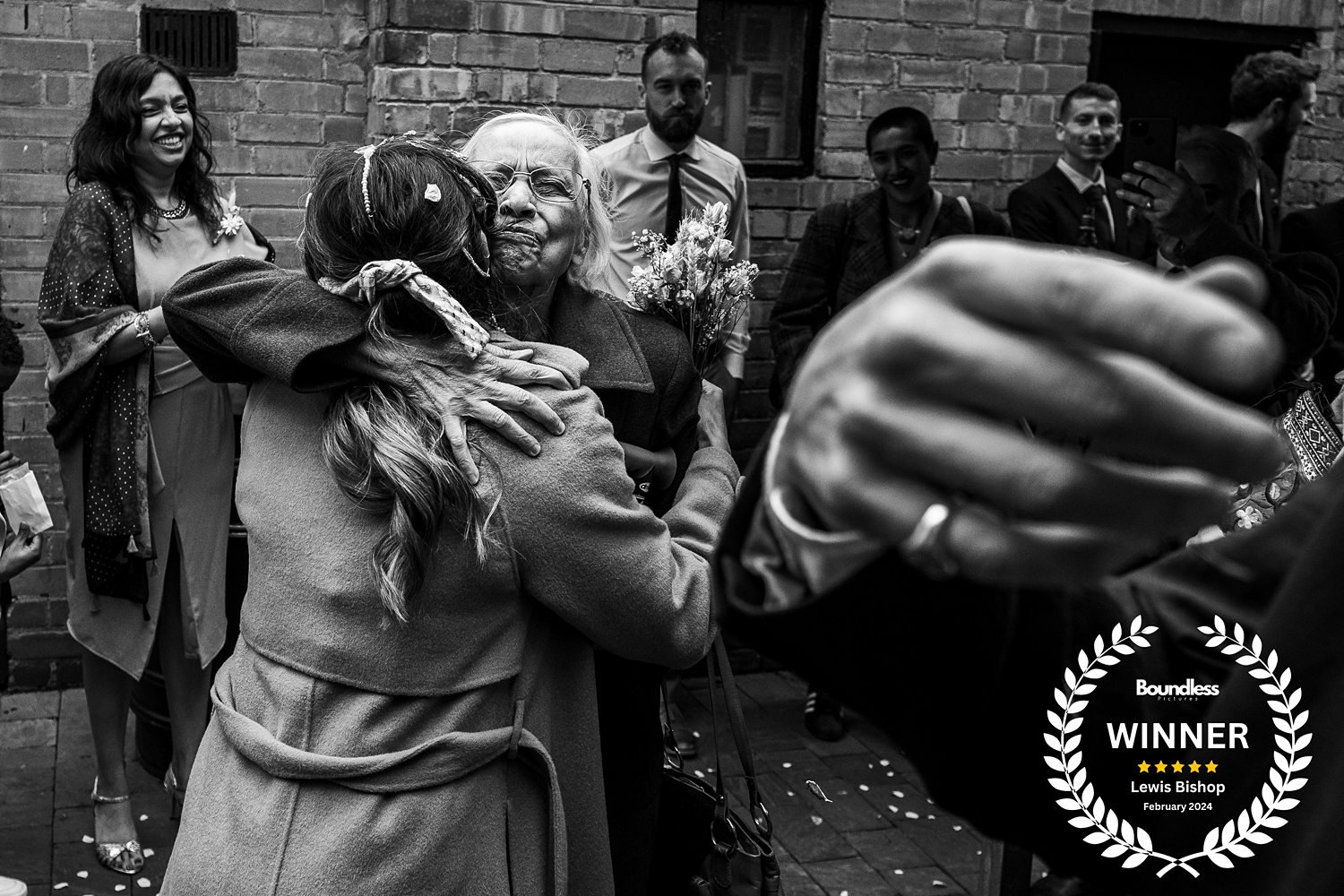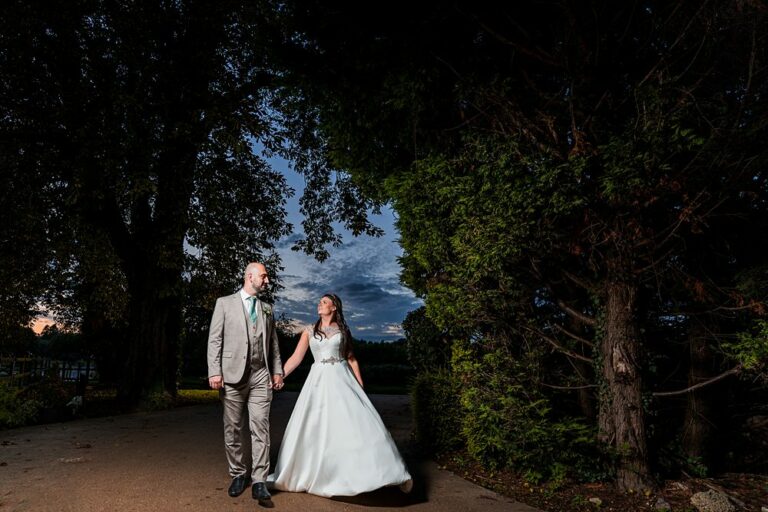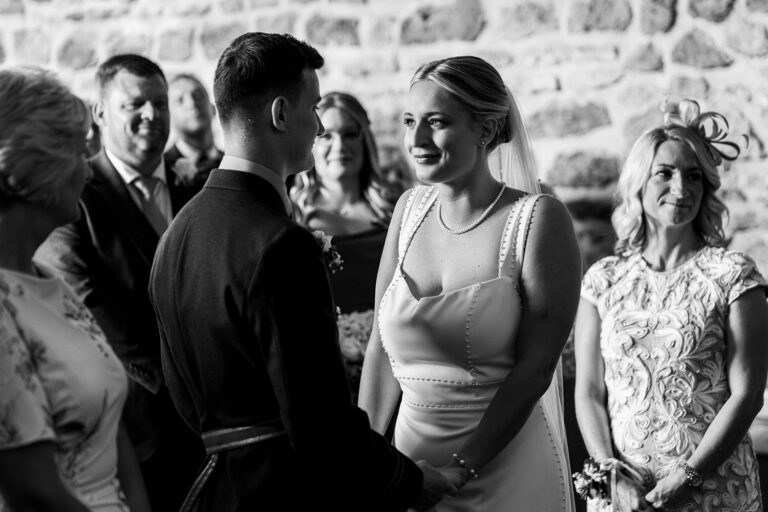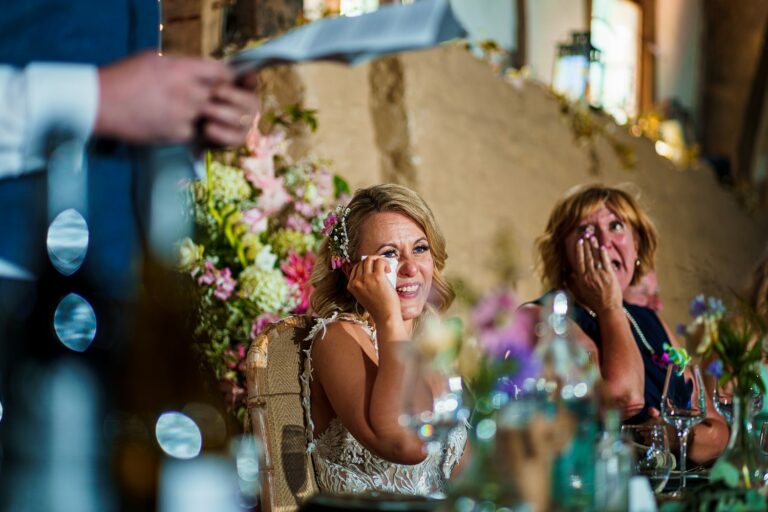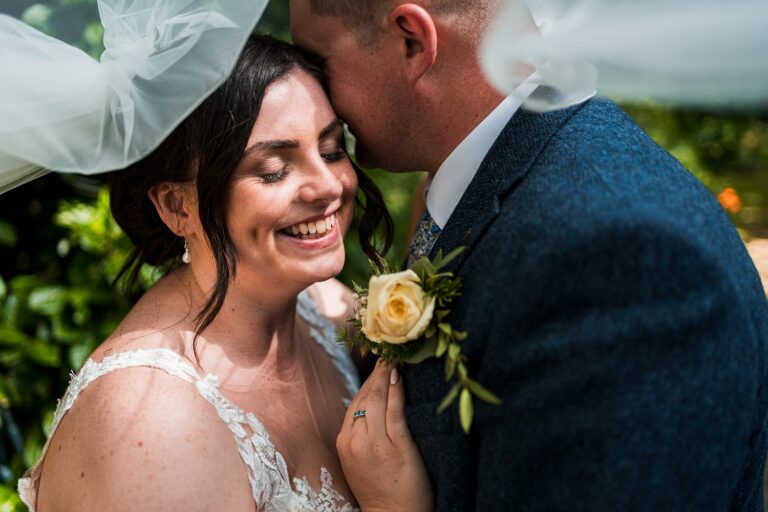Wedding Receiving Line: What It Is and Why Have One
Wedding Receiving Line Etiquette: A Complete Guide
Planning your wedding and wondering about a receiving line? It’s a tradition where the bride, groom, and their parents greet guests. They stand in a line just after the wedding ceremony or at the wedding reception or cocktail hour. It’s a chance for the couple to thank each guest personally.
Receiving lines are not as common today, as couples prefer more flexible celebrations. Yet, they’re still great for meeting every guest, especially at big weddings. We’ll talk about everything you need to know about having a receiving line, from who’s in it to where and when.
Key Takeaways:
- A receiving line allows the newlyweds to personally greet and thank each guest for attending.
- Receiving lines are becoming less common, with couples opting for more informal mingling with guests.
- The receiving line typically includes the couple, their parents, and sometimes the wedding party.
- Receiving lines can take place immediately following the ceremony or at the entrance to the reception.
- Conversations in the receiving line should be kept brief to keep the line moving smoothly.
Understanding the Basics of a Wedding Receiving Line
A wedding receiving line is a traditional part of many weddings. It’s a chance for the newlyweds and their families to thank guests for coming. Even though they’re not as common, knowing about them can help you decide if they’re right for your big day.
Definition and Purpose of a Receiving Line
A receiving line is where guests wait to congratulate the couple and their families. It’s a way for the happy couple and their parents to thank everyone for coming. It’s a brief moment to chat, keeping the line moving.
Traditional Participants in a Receiving Line
The traditional receiving line includes the wedding party’s key members. It starts with the bride’s mother, then the bride’s father, the newlyweds, the groom’s mother, and the groom’s father. Sometimes, the maid of honour and bridesmaids join in.
But, modern couples often make it their own. They might include grandparents or other close relatives. If there are divorced parents, they usually stand apart. The best man or maid of honour might stand between them to keep things friendly.
Timing and Placement of Your Wedding Receiving Line
When planning your wedding receiving line, timing and placement are key. It’s a chance for you and your partner to thank each guest for coming. You have two main options for when and where to hold it, each with its own benefits and things to think about.
Immediately Following the Ceremony
One popular choice is to have the receiving line right after the ceremony. As guests leave, you and your partner can greet them near the exit. This way, all guests are in one place, making it easier to manage the line.
It also lets you thank guests while the ceremony’s emotions are still fresh. This makes the moment even more special.
At the Entrance to the Reception or Cocktail Hour
Another option is to place your receiving line at the reception or cocktail hour entrance. This lets guests mingle and enjoy drinks before the main reception. But, think about the logistics, especially with a big guest list.
Bottlenecks can happen as guests arrive at different times. This might slow down the reception. Make sure the entrance area is big enough and staff are ready to help guests move smoothly.
The choice between the ceremony or reception entrance depends on your preferences and wedding details. Think about your guest list size, venue layout, and event flow. By planning well, your receiving line can be a lovely part of your wedding.
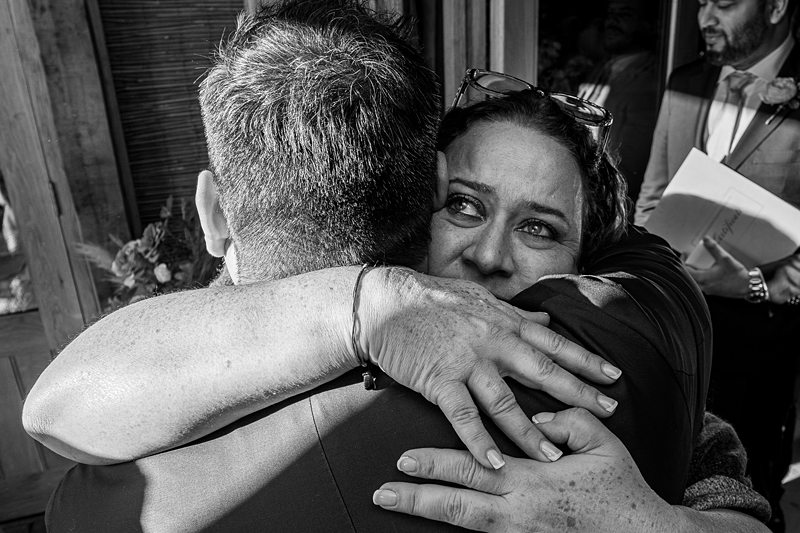
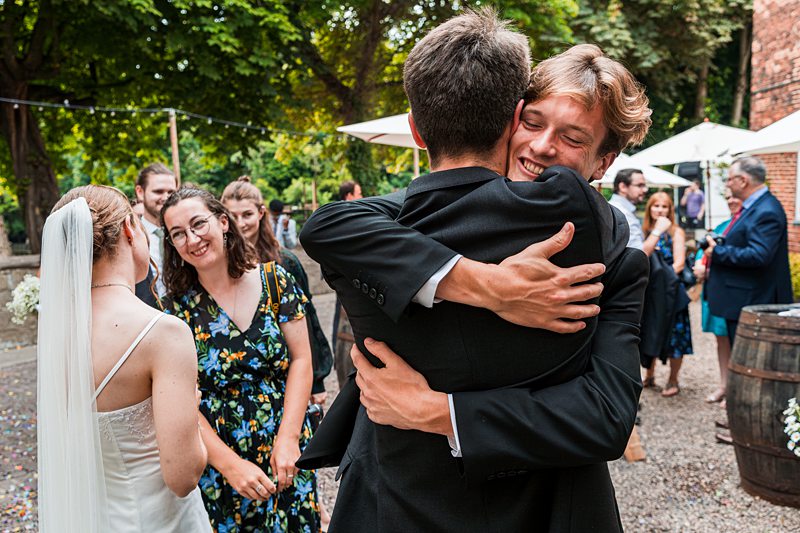
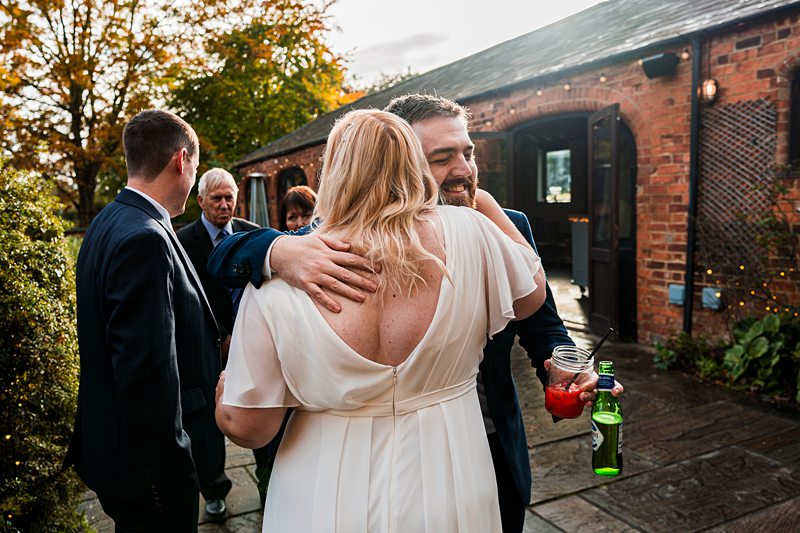
What is a receiving line at a wedding
A wedding receiving line is a traditional way for the newlyweds and their parents to greet guests. It’s a way to thank everyone for coming. Even though it’s not as common today, many couples still do it to welcome each guest personally.
Etiquette for Guests Going Through the Receiving Line
When you go through the line, keep your chats short. A simple “Congratulations” or a wish for the couple’s happiness is fine. Remember, the people behind you are waiting, so try to spend only 20-30 seconds with each guest.
Keeping the Line Moving: Brief Conversations and Introductions
To avoid delays, the newlyweds should lead the conversations and introduce people. With 100 guests, the line might take 30-45 minutes. For 200 guests, it could be 45-60 minutes. Showing the seating plan near the line helps guests find their tables quickly.
Handling Divorced Parents and Stepparents in the Receiving Line
If the couple’s parents are divorced, they shouldn’t stand together. The maid of honour or best man can act as a buffer. Whether stepparents join the line depends on the couple’s relationship with them. The newlyweds should choose what feels right for their family.
Alternatives to the Traditional Wedding Receiving Line
Some couples choose not to follow the traditional wedding receiving line. Instead, they prefer more relaxed and personal ways to thank their guests. This makes the day feel more intimate and special.
Mingling with Guests During Cocktail Hour or Reception
Mingling during cocktail hour or the reception is a popular choice. It lets you have casual chats and bond with each guest. You can move around, from the dance floor to the tables, saying hello and thanks.
But, mingling can be tough at big weddings. With 28% of couples mingling during cocktail hour, it’s key to have a plan. This way, you won’t miss anyone.
Table Visits During the Wedding Breakfast
Visiting each table during the wedding breakfast is another option. It lets you thank guests personally and have quality time with them. You can go from table to table, showing your gratitude.
This works best for smaller weddings. It lets you spend more time with each group. In fact, 62% of receptions have the couple thanking guests at each table. But, for big weddings, it might take a lot of time and planning.
Conclusion
The wedding receiving line is more than just a tradition. It’s a way for the bride and groom to connect with their guests. By greeting each guest, they show their thanks and joy for being there. This makes the day special and creates memories that last.
Thinking about having a receiving line? Look at your guest list and the day’s schedule. It’s also important to keep the line moving smoothly. This way, everyone gets a chance to say hello and share in the happiness.
Choosing to have a receiving line is a personal choice. It shows your style and what you value on your big day. Whether you go for a traditional line or choose to mingle, the key is to celebrate with the people you love.
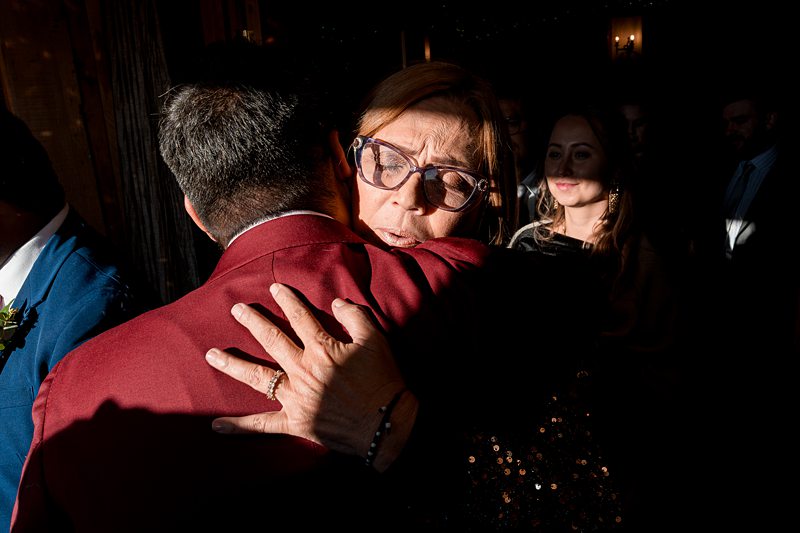
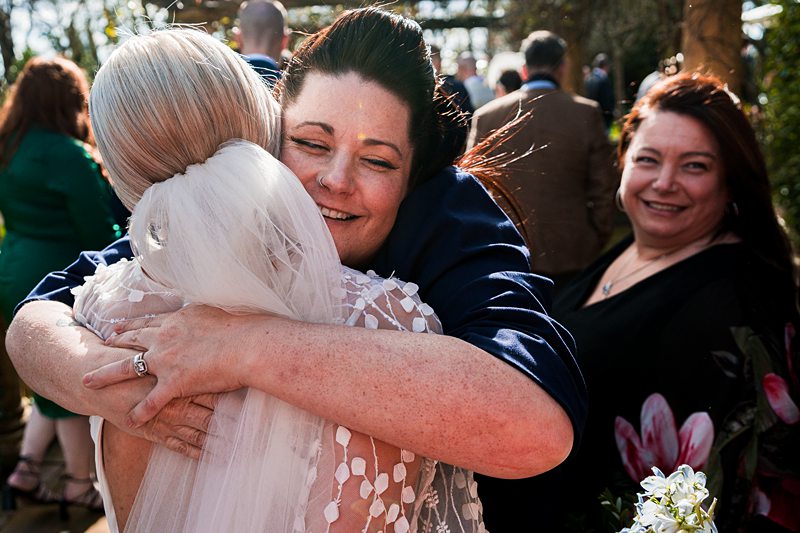
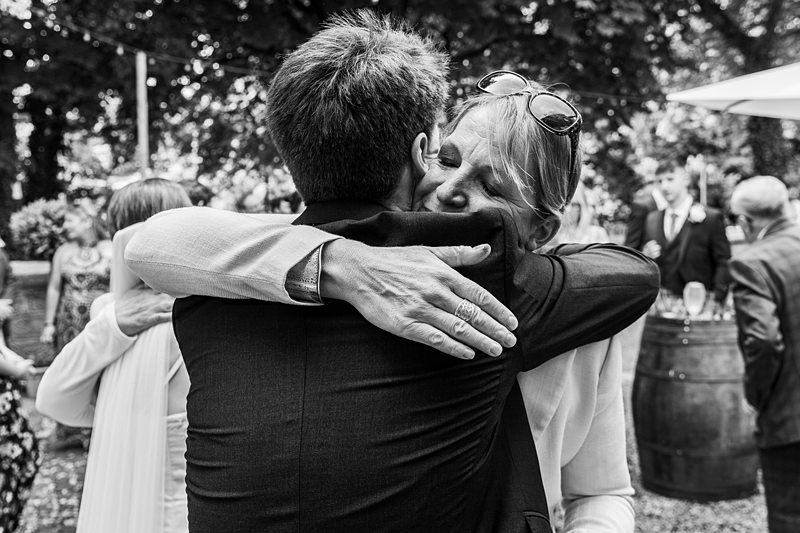
FAQ
What is a wedding receiving line?
A wedding receiving line is a tradition where the newlyweds and their families greet guests one by one. It’s a chance for the couple to thank everyone who came to celebrate with them.
Who traditionally stands in a wedding receiving line?
Traditionally, the line includes the bride and groom, the bride’s parents, and the groom’s parents. Sometimes, the maid of honour and bridesmaids also join in.
When and where should a wedding receiving line take place?
The line can happen right after the ceremony or at the start of the cocktail hour. Standing by the exit is common, but it might get crowded.
How long should conversations be in a wedding receiving line?
Keep conversations short to keep the line moving. A simple “thank you for coming” or a brief comment about the ceremony is enough. The couple should guide the conversation to keep things flowing.
What are some alternatives to a traditional wedding receiving line?
Some couples skip the traditional line and mingle instead. This makes conversations more relaxed but can be hard with big guest lists. Another option is to visit each table during the meal, ensuring they meet everyone.
Are wedding receiving lines still necessary?
Wedding receiving lines are not required but are still valued by many. They allow couples to personally thank each guest. The choice depends on the couple’s style and the size of their guest list.

